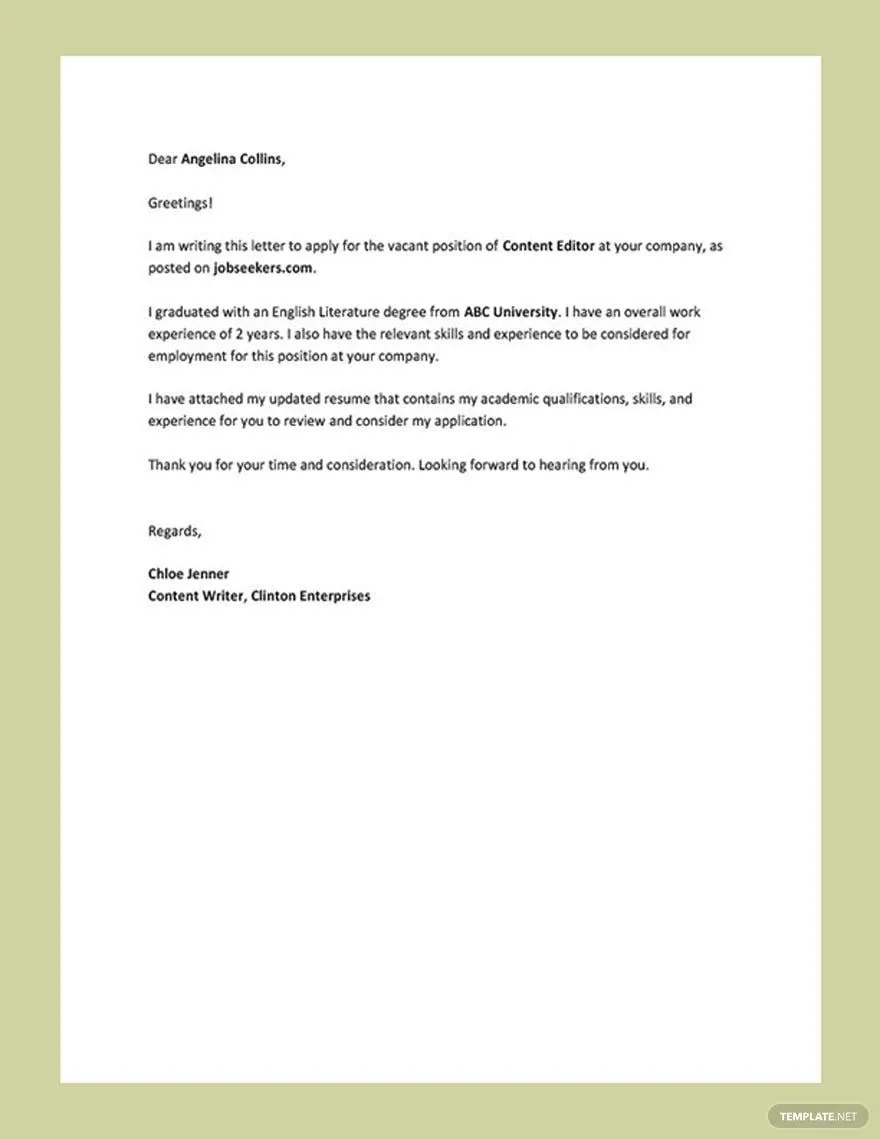The Importance of a Cover Letter for Your Resume
In today’s competitive job market, a well-crafted cover letter can be the deciding factor in landing an interview. Many job seekers underestimate the power of a cover letter, viewing it as a mere formality. However, it’s a crucial opportunity to make a strong first impression, showcase your personality, and demonstrate why you’re the ideal candidate for the role. A compelling cover letter complements your resume by providing context, elaborating on your skills, and expressing your genuine interest in the position and the company. When done right, a cover letter transforms your application from a simple list of qualifications into a persuasive narrative that captivates the hiring manager’s attention. Think of it as your personal introduction, going beyond the bullet points to paint a vivid picture of who you are and what you bring to the table.
Why Cover Letters Matter
Cover letters serve several vital functions in the job application process. They allow you to articulate your unique value proposition, setting you apart from other applicants. They provide a platform to address any potential gaps in your resume, such as career changes or periods of unemployment. Additionally, a cover letter gives you the chance to explain your motivations for applying to this specific role and company, demonstrating that you’ve done your research and are genuinely interested. In essence, it allows you to connect your past experiences with the future opportunity, painting a clear picture of your career goals. Your cover letter is more than just a formality; it’s a strategic tool to advocate for yourself and secure an interview.
Showcasing Personality and Passion
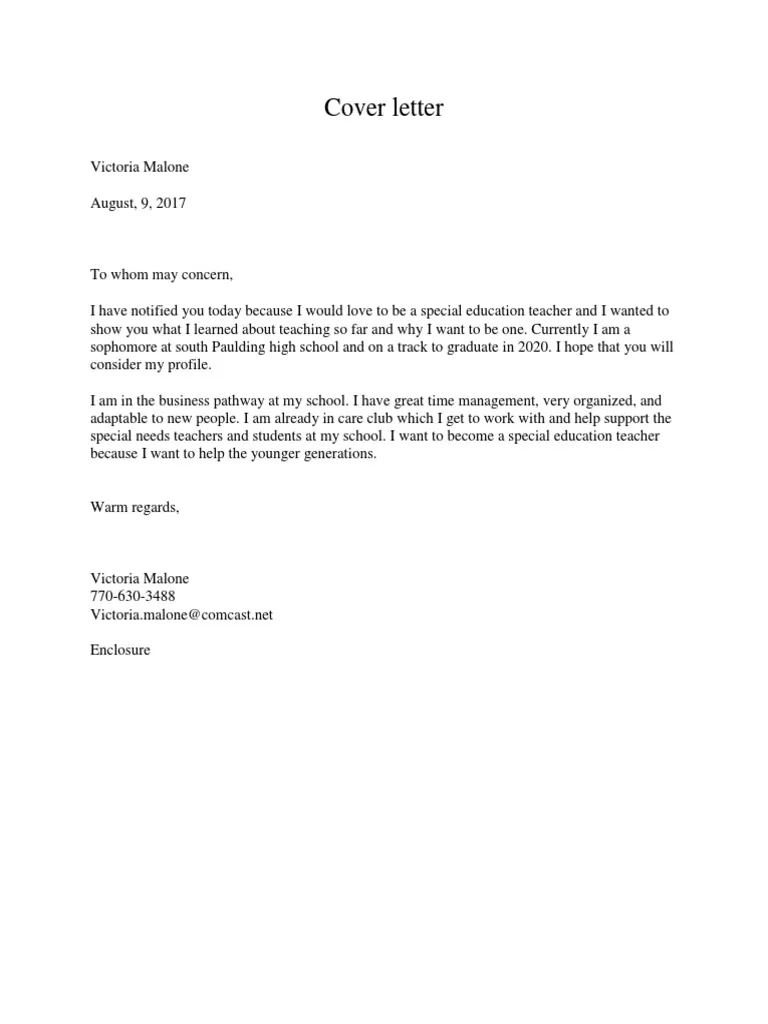
A cover letter is your chance to inject personality into your application, which a resume often lacks. While a resume focuses on facts, a cover letter lets you express your enthusiasm, communicate your communication style, and make a human connection. By sharing your personal story and demonstrating genuine passion for the role and the company, you make yourself more memorable. This is where you can show that you’re not just qualified but also a good fit for the company culture. Talk about what excites you about the opportunity, what motivates you to succeed, and why you believe you can contribute significantly. This personal touch helps you to stand out from the crowd and create a memorable first impression.
Highlighting Relevant Skills and Experience
The cover letter allows you to expand on the skills and experiences mentioned in your resume. Instead of simply listing your qualifications, you can elaborate on them, providing specific examples that showcase your achievements. Use the STAR method (Situation, Task, Action, Result) to illustrate how you’ve utilized your skills in the past and the positive outcomes you achieved. This provides concrete evidence of your capabilities. Focus on the skills and experiences that are most relevant to the job description, tailoring your examples to align with the employer’s needs. Quantify your accomplishments whenever possible; using numbers to demonstrate your successes makes a stronger and more compelling case for your candidacy. Furthermore, a cover letter provides a chance to make connections between different experiences and demonstrate a holistic view of your skills.
Key Components of a Winning Cover Letter
Formatting Your Cover Letter
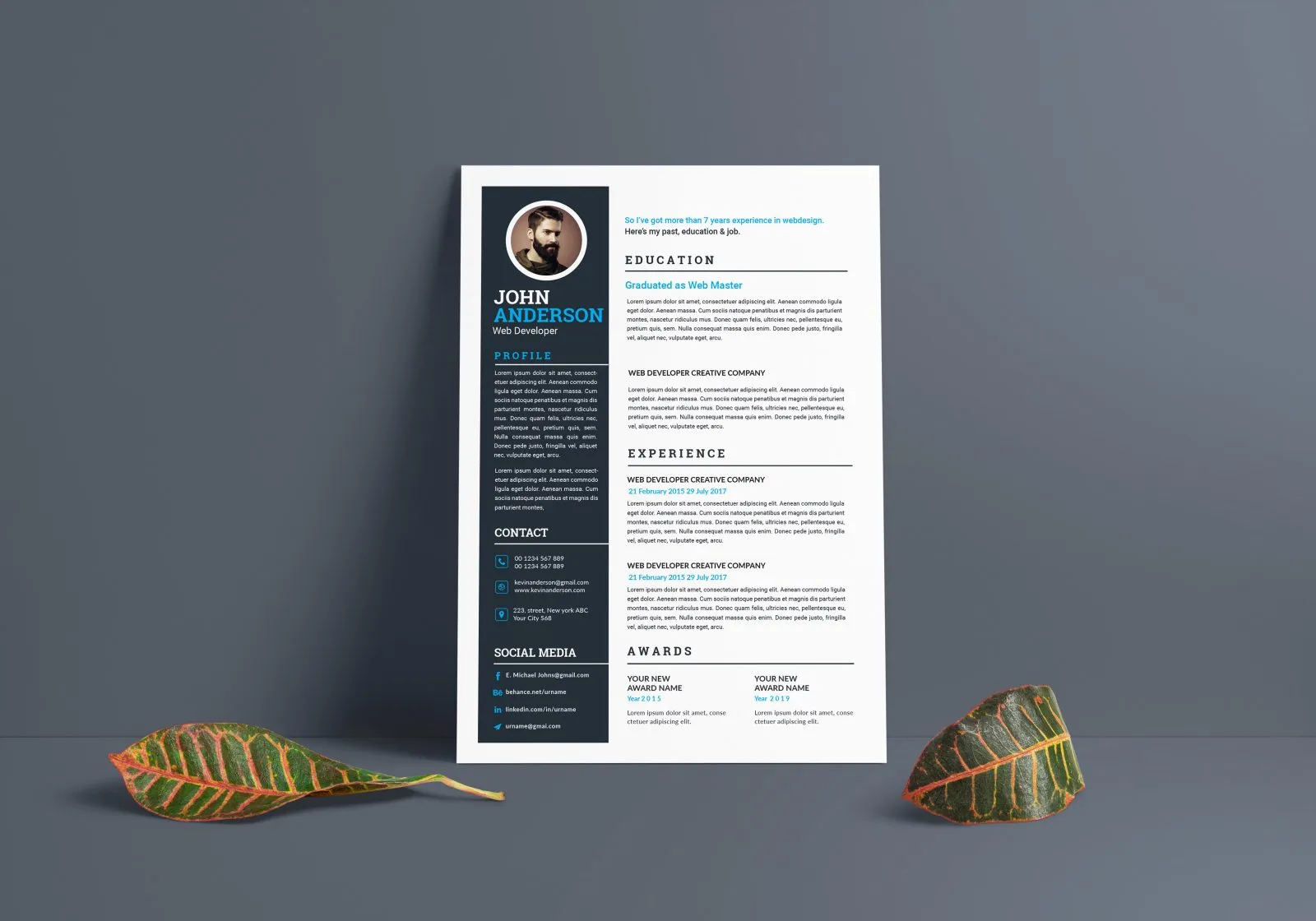
Effective formatting is essential for a cover letter that’s easy to read and visually appealing. It is essential to maintain a professional appearance. Use a clear, readable font like Arial or Times New Roman, and keep the font size between 10 and 12 points. This ensures that your letter is easy to read without straining the eyes. Maintain consistent margins (typically one inch on all sides) to create a balanced look. Use single spacing within paragraphs and double spacing between paragraphs to separate ideas effectively. Keep the tone professional and the language clear and concise. A well-formatted cover letter showcases attention to detail and professionalism. This increases the chances of your application getting noticed.
Contact Information and Date
At the top of your cover letter, include your contact information, which should match the information on your resume. This includes your name, phone number, email address, and possibly your LinkedIn profile URL. Following this, add the date of your application. If you know the hiring manager’s name, include their name and title; otherwise, use a general salutation.
The Salutation
Begin your cover letter with a professional salutation. Ideally, address the hiring manager by name; research the company’s website or LinkedIn to find the appropriate name. If you cannot find a specific name, use a professional greeting such as “Dear Hiring Manager.” Avoid overly casual salutations, like “Hi” or “Hello,” and be sure to spell the name correctly. The salutation sets the tone for the entire letter, so take the time to get it right.
Crafting a Compelling Opening
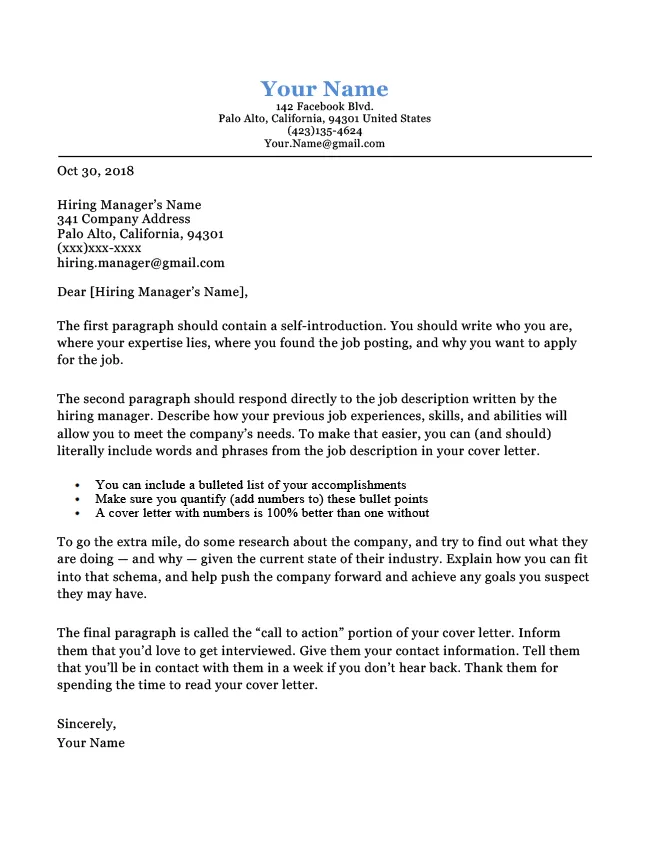
The opening paragraph is crucial for grabbing the hiring manager’s attention. Start by stating the position you’re applying for and where you saw the job posting. Then, immediately explain why you’re excited about the opportunity and why you’re a good fit. You can mention a key skill, a significant accomplishment, or express your enthusiasm for the company. The first few sentences should quickly capture their interest. Avoid generic openings and instead create a personalized, engaging hook to draw the reader in and encourage them to continue reading. Be clear and concise.
Highlighting Your Key Qualifications
In the body paragraphs, highlight the skills and experiences that are most relevant to the job description. Focus on the requirements the employer has listed and provide evidence that you possess those skills. Use specific examples and quantifiable achievements to showcase your accomplishments. Tailor your content to match the job’s requirements, rather than simply repeating what’s in your resume. Explain how your skills align with the role and how you can contribute to the company’s goals. Provide a narrative that demonstrates how your background and aspirations match the job’s expectations.
Providing Specific Examples
Instead of making vague claims, use specific examples to illustrate your skills and experiences. The STAR method can be very effective here. Describe the situation you were in, the task you were assigned, the actions you took, and the results you achieved. Use numbers whenever possible to quantify your achievements. For example, instead of saying “improved customer satisfaction,” say “Increased customer satisfaction by 15%.” This demonstrates that you are results-oriented and provide concrete evidence of your abilities. Examples are much more compelling than general statements.
Expressing Your Enthusiasm for the Role
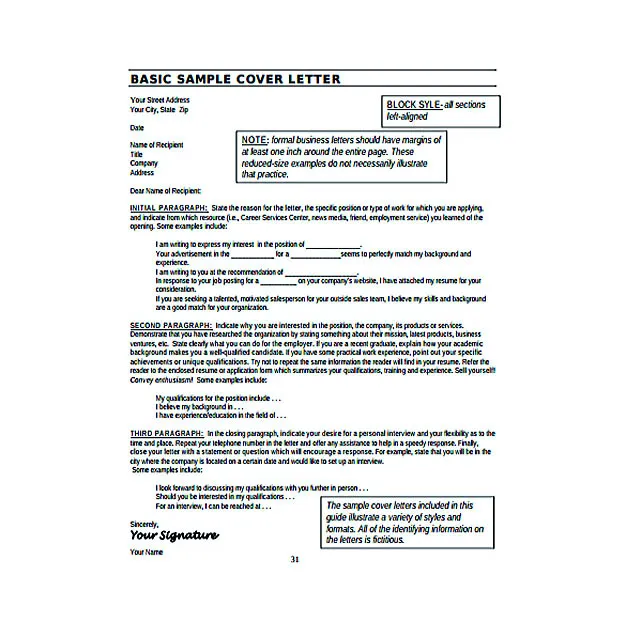
Let your enthusiasm for the role and the company shine through. This is a place to explain why you are excited about this particular opportunity and why you believe you are a good fit. Mention something specific that attracted you to the company or the role. Show that you understand the company’s mission, values, or recent achievements. Demonstrate that you have done your research and that this isn’t just another application. This shows the hiring manager that you are truly interested in the position and invested in the company’s success.
Writing a Strong Closing
Your closing paragraph should reiterate your interest in the position and thank the hiring manager for their time and consideration. Express your enthusiasm for the next step in the application process, such as an interview. Include a call to action, like suggesting you are available for an interview. Avoid ending with a passive statement. Reiterate your desire to contribute to the company. A strong closing leaves a lasting impression and reinforces your qualifications.
Proofreading and Editing Your Cover Letter
Always proofread your cover letter carefully before submitting it. Errors can undermine your credibility. Check for grammatical errors, spelling mistakes, and typos. It is a good idea to have someone else read your letter to catch mistakes you might miss. Ensure that your letter is well-organized, clear, and concise. Make sure that it effectively communicates your qualifications and enthusiasm. A polished, error-free cover letter demonstrates professionalism and attention to detail.
Cover Letter Formatting Best Practices
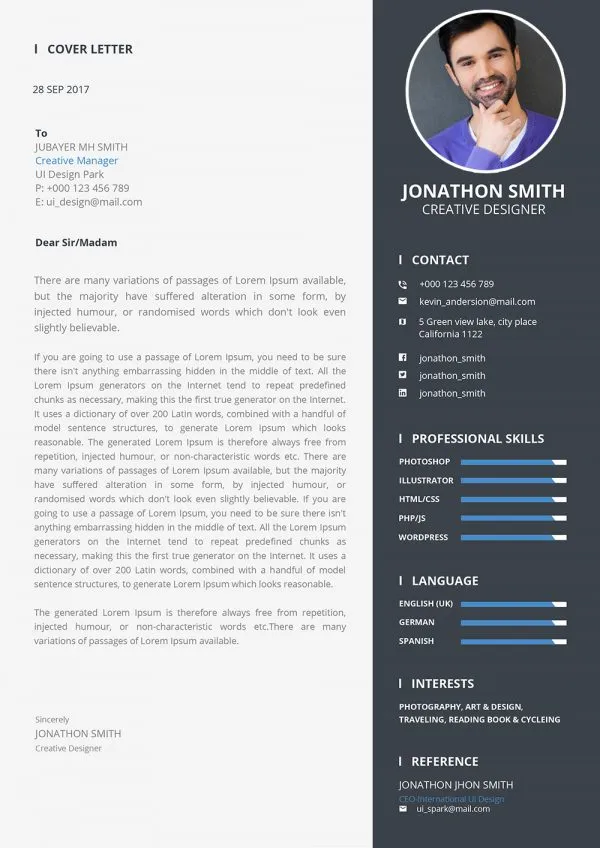
Font and Font Size
Choose a professional, readable font such as Times New Roman or Arial for your cover letter. Maintain a consistent font throughout the document. Use a font size between 10 and 12 points to ensure readability. Keep the font size consistent throughout the letter for a clean appearance.
Margins and Spacing
Set standard margins of one inch on all sides of the page. Use single spacing within paragraphs and double spacing between paragraphs to enhance readability. Properly spaced content looks organized. This helps to present your information clearly. Adjusting margins and spacing can greatly affect how the cover letter is perceived.
Length Considerations
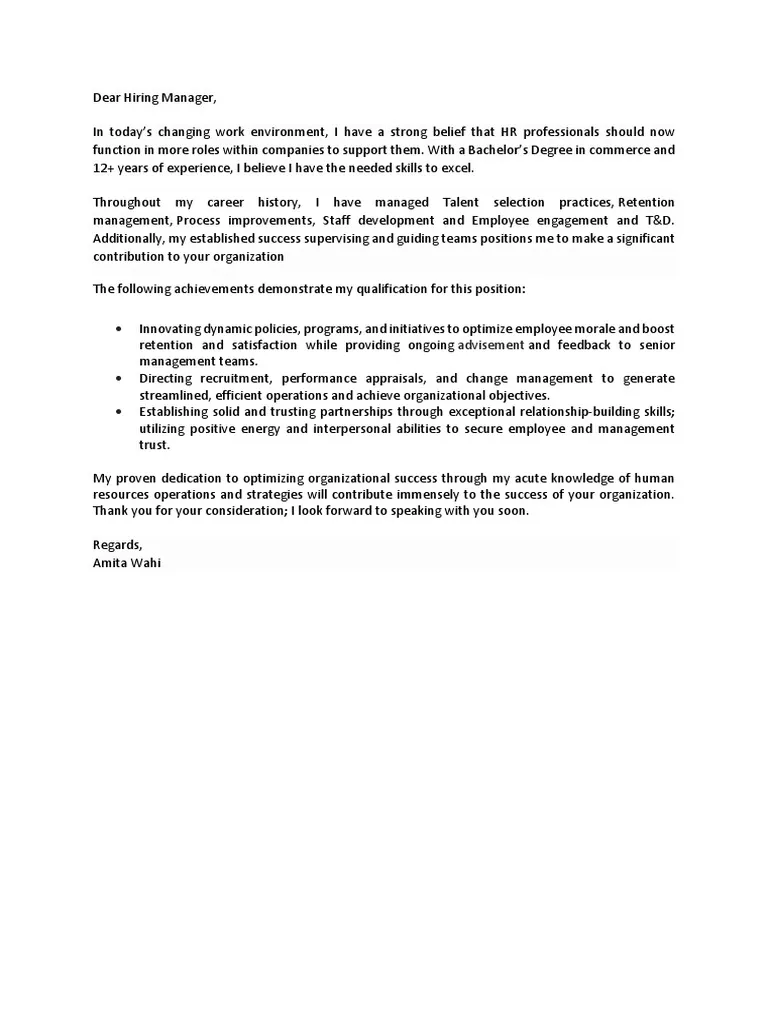
Keep your cover letter concise, ideally one page long. Avoid unnecessary details or repetition. Your cover letter should be focused on highlighting key accomplishments and experiences. A short, direct cover letter is more likely to be read thoroughly. Conciseness is valued.
Tailoring Your Cover Letter
Researching the Company
Before writing your cover letter, research the company. Understand its mission, values, and culture. Read the job description carefully. Tailor your letter to match the specific requirements and keywords. This helps demonstrate your genuine interest in the position. Knowing the company’s goals enables you to articulate how you can contribute effectively. Always demonstrate that your skills align with the company.
Customizing Your Letter for Each Application
Avoid sending a generic cover letter to multiple employers. Customize each letter to reflect the specific job and company. Highlight the skills and experiences most relevant to the position. Mention specific aspects of the job or company that appeal to you. This approach increases the likelihood of getting noticed. This personalized approach proves that you have invested time and effort.
Using Keywords Effectively
Use keywords from the job description in your cover letter. This shows that you are a good match for the role. Tailor the keywords from the job listing in your letter. This practice can help you pass the Applicant Tracking System (ATS) filters. Avoid keyword stuffing, as this makes your letter sound unnatural. The keywords will help showcase the relevancy of your skills and experiences.
Common Cover Letter Mistakes to Avoid
Generic Letters
Avoid using a generic cover letter. Customize each letter for the specific job and company. Generic letters show a lack of interest and detail. Take the time to research the company. Highlight relevant skills and experiences. Personalized letters show that you care.
Typos and Grammatical Errors
Proofread your cover letter carefully for typos and grammatical errors. Errors can undermine your credibility. Always ask someone to review your letter for errors. Use grammar and spelling-checking tools. Correct any errors before submitting the letter. Proofreading is essential.
Overly Long Letters
Keep your cover letter concise, preferably one page. Avoid excessive detail and repetition. Focus on highlighting key accomplishments and relevant experiences. Overly long letters risk losing the hiring manager’s attention. Brevity is valued and promotes engagement.
Failure to Tailor the Letter
Failing to tailor your cover letter to the job and company is a common mistake. Make sure your cover letter is tailored to the specific role and requirements. Customize your letter for each application. Address specific needs and goals. This demonstrates that you understand the job. Tailoring is essential.
Cover Letter Examples
Review cover letter examples for different industries. See how to structure your letter and what to include. Use examples to create a strong cover letter. Tailor the examples to your own experiences. Use the STAR method for your accomplishments. Adapt examples for your specific application.
